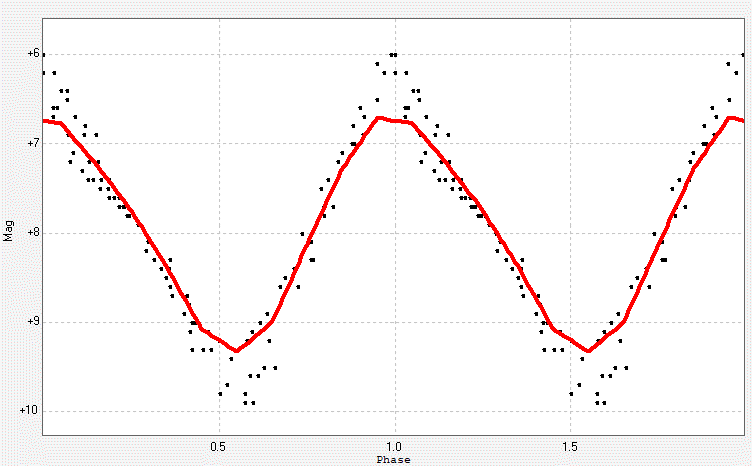top of page

Z UMa
One of the few binocular variables I observe. I began in 2018 as I found myself recommending this star to observers who were new to VS observing, yet not observing it myself. Circumpolar from the UK, the who cycle can be followed with binoculars.


Even with very small sampling (in this case 102 observations), it's still possible to dig out the period of a pulsating star from your data. Here, using the ANOVA method in Peranso, a period of 191.8d +/- 1.7d has been derived. VSX gives 195.5 days.
bottom of page